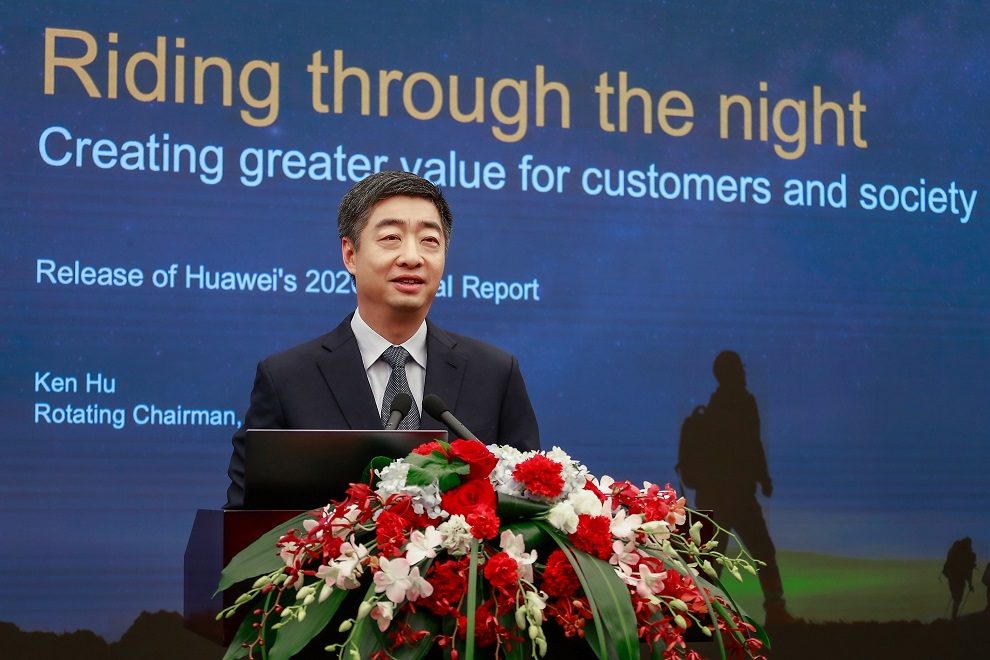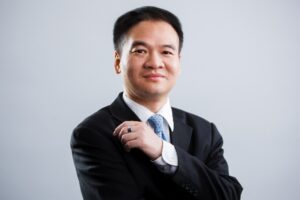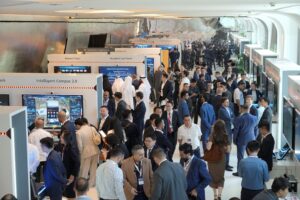Huawei reaffirms commitment to creating greater value for customers and society in the face of adversity
Huawei has released its 2020 Annual Report. Growth slowed, but the company’s business performance was largely in line with forecast. Huawei’s sales revenue in 2020 rounded off at approximately US$136.7 billion, up 3.8% year-on-year, and its net profit reached US$9.9 billion, up 3.2% year-on-year.
Despite operational difficulties brought about by US sanctions in 2019 and 2020, Huawei has and will continue to invite KPMG to independently and objectively audit our financial statements. The document produced by KPMG is a standard unqualified audit opinion. No matter the circumstances, we will continue to embrace transparency by disclosing operational data to governments, customers, suppliers, employees, and partners.
In 2020, Huawei’s carrier business continued to ensure the stable operations of more than 1,500 networks across more than 170 countries and regions, which helped support telework, online learning, and online shopping throughout COVID-19 lockdowns. Working together with carriers around the world, the company helped provide a superior connected experience and moved forward with more than 3,000 5G innovation projects in over 20 industries like coal mining, steel production, ports, and manufacturing.
Over the past year, Huawei’s enterprise business stepped up efforts to develop innovative scenario-based solutions for different industries and create a digital ecosystem that thrives on joint creation and shared success. During the pandemic, Huawei provided technical expertise and solutions that were vital in the fight against the virus. One example is an AI-assisted diagnostic solution based on HUAWEI CLOUD that helped hospitals the world over reduce the burden on their medical infrastructure. Huawei also worked with partners to launch cloud-based online learning platforms for more than 50 million primary and secondary school students.
With the rollout of HarmonyOS and the Huawei Mobile Services (HMS) ecosystem, Huawei’s consumer business moved forward with its Seamless AI Life strategy (“1 + 8 + N”) to provide consumers with an intelligent experience across all devices and scenarios, focusing on smart office, fitness & health, smart home, easy travel, and entertainment.
“Over the past year we’ve held strong in the face of adversity,” said Ken Hu, Huawei’s Rotating Chairman. “We’ve kept innovating to create value for our customers, to help fight the pandemic, and to support both economic recovery and social progress around the world. We also took this opportunity to further enhance our operations, leading to a performance that was largely in line with forecast.
“We will continue to work closely with our customers and partners to support social progress, economic growth, and sustainable development.”
Middle East
- Huawei has been operating in the Middle East for 21 years. Huawei’s local business has won complete trust from governments, customers, and partners, and maintained continuous growth. The Middle East has long been a hotspot for global geopolitics, and countries there have shown they understand that. We have had no cyber security issues there. We have complete confidence in the current regulatory framework and the objective, fact-based approach to cyber security adopted by governments in the region.
- The Middle East is at the forefront of global 5G development. Currently, it has more than 2.66 million 5G users, including more than 580,000 5G household FWA subscribers. Huawei is now a major 5G solution provider and innovation partner in the Middle East. We will also support key events in the region, such as Expo 2020 Dubai and the 2022 World Cup in Qatar.
- Huawei has provided assurance services for the Hajj festival for 16 consecutive years, without ever having an incident. During the pandemic, Huawei has ensured network quality and satisfied demands for online education and remote working in various countries. In addition to deploying 5G networks to ensure communications, we have also used other ICT technologies to help Middle Eastern countries fight COVID-19. For example, Huawei and its partners built an AI-assisted CT scanning and diagnosis system in Lebanon. Huawei also worked with partners to develop AI-enabled unmanned vehicles to provide protective supplies in residential areas in the UAE.
- Huawei has carried out numerous projects to develop the ICT ecosystem in the Middle East for five years. These projects cover 440 universities and 80,000 students through collaboration with more than 20 government authorities. Due to the pandemic, Huawei launched the LearnOn online learning platform in the Middle East in 2020. More than 35,000 people have used the platform for training, with more than 9,000 being certified by Huawei. The platform covers key technologies such as 5G, AI, and cloud, and ensures talent supply for sustainable development of the region.
Other facts and figures to include:
R&D
- Has consistently invested over 10% of our sales revenue into R&D every year. R&D expenditure in 2020 totaled CNY141.9 billion (US$21.8 billion), accounting for 15.9% of the company’s total revenue. R&D investment over the past decade has exceeded CNY720 billion (US$110 billion).
- Has one of the largest patent portfolios in the world. Held a total of 100,000+ active patents across 40,000+ families by the end of 2020.
5G
- Multiple third-party test reports on 5G network experience in large cities ranked Huawei’s 5G networks top.
- Huawei invested early, and have invested heavily. We began 5G research as early as 2009, and have invested 4 billion US dollars in 5G so far. More than 10,000 engineers are currently working on 5G networks. Through these efforts, we have built up our leadership in 5G and made numerous innovations in software, materials, and engineering chipsets. Our long-term investments and innovations have made us confident in our ability to maintain our long-term leadership.
- Based on insights into customer needs, we provide our customers with the most competitive solutions that best meet their unique needs. Over 80% of commercial 5G networks use TDD Massive MIMO technology. In 2021, Huawei launched the industry’s lightest TDD Massive MIMO product, with a single module weighing just 19 kg. The module can be carried and installed by just one person, greatly improving network deployment efficiency. In some markets where FDD has been used to build 5G networks, such as Europe, Huawei provides the industry’s only commercial FDD Massive MIMO product.
- According to third-party reports on 5G network experience in 20 cities, the best 5G networks in 16 of the cities, including Seoul, Riyadh, and Zurich, were built by Huawei.
- We have worked with our partners to enrich the industry application ecosystem for 5G. Through our Wireless X Labs, we bring together industry partners to actively explore and incubate 5G applications for industries like manufacturing, healthcare, finance, and transportation.
- The FDD Massive MIMO solution was deployed by 50+ carriers around the world, maximizing capacity gains.
- Participated in 3,000+ innovation projects worldwide and worked with carriers and partners to sign 1,000+ 5GtoB project contracts, spanning 20+ industries.
EBG
- 700+ cities and 253 Fortune Global 500 companies chose Huawei as their partner for digital transformation.
All financial statements in the 2020 Annual Report were independently audited by KPMG, an international Big Four accounting firm. To download the 2020 Annual Report, visit https://www.huawei.com/en/annual-report/2020












